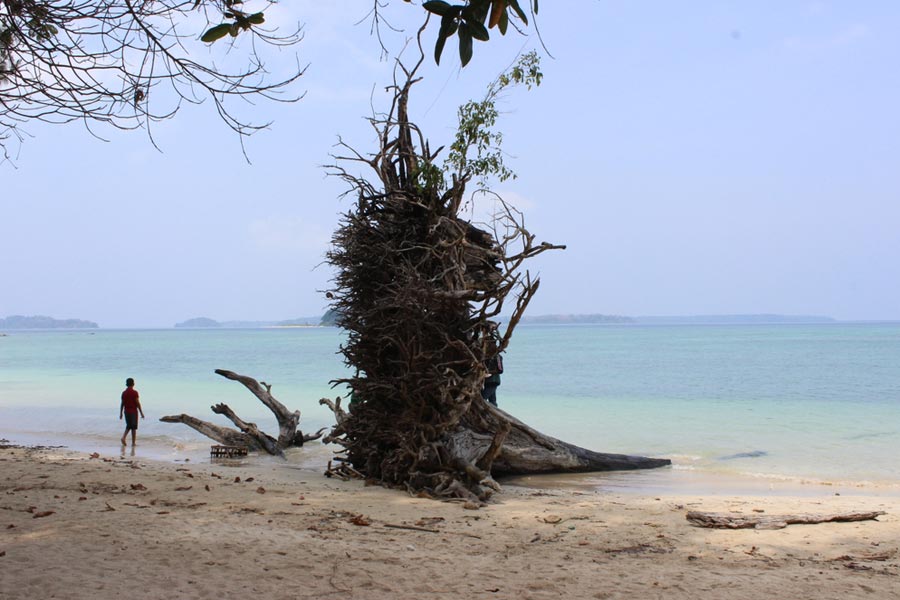An Elizabethan tower house that inspired W.B. Yeats to some of his greatest poetry is to be “ravaged” after a council granted planning permission for a modern bungalow next door.
A farmer wants to build a home for his eldest son who is working in London and wants to return to inherit the farm.
But there has been an outcry among Yeats’ followers since news of the bungalow leaked out. Led by the poet’s biographer, Roy Foster, professor of Irish History at Oxford University, a determined opposition has grown to the proposal that has been described as an “appalling intrusion”.
For almost a decade Yeats looked out from Ballylee tower in County Galway in the Irish Republic over a breathtaking landscape that he described as “visionary”.
The view from the 80ft high tower, which he bought for £35 in 1917, helped Yeats write some of the greatest poems in the English language.
But in a field 80 yards away Paddy Fahy wants to construct a large bungalow on the only piece of his land that is free from flooding in winter.
Galway county council has denied an allegation that planning permission was granted last October by an overworked junior official who did not refer it to a heritage officer.
Yeats, who died aged 74 in 1939, made a prescient threat to any future developer contemplating “despoiling” the landscape in his poem The Tower, which was published in 1928. He wrote:
God grant a blessing on this tower and cottage
And should some limb of the devil
Destroy the view by cutting down an ash
That shades the road, or setting up a cottage
Planned in a government office, shorten his life,
Manacle his soul upon the Red Sea bottom
Prof Foster, whose second volume on Yeats’ life, The Arch Poet, is published in October, said: “A glaring new bungalow on an elevated site less than 100 metres away would be an appalling intrusion into a landscape that should be, in a certain sense, sacred.”
He added: “The extraordinary thing about this location is that it is exactly the same view as when Yeats renovated the tower and wrote his greatest poems.
“You can climb out and see the same landscape he saw which is a great privilege and very rare in heritage sites.”
The plans have attracted international opposition, mainly from Americans who make up the majority of the centre’s 25,000 annual pilgrims.
Gary Hart, the former American presidential candidate, is among hundreds who have registered their objection. In a letter to Galway council he wrote: “That the possibility of Ballylee being diminished in any way has brought forth such a flood of protest is testament to the place's special magic, its harmony of history and setting.”
A final decision on the application is expected next month.










